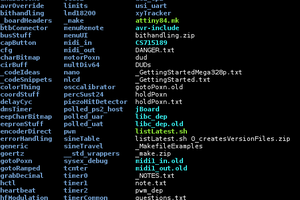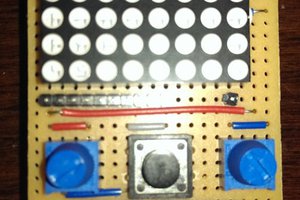I found a clear box (see picture) with the sticker "SPIC". This makes me think that the original project name must have been a pun on the PIC microcontroller name. Honestly I cannot remember it anymore though. In my "archives" there is no trace of a SPIC folder but I could only find a "PICSPEAK" folder, hence the name I used on here (Hackaday.io)...
Unfortunately the PIC16CR56 is missing (see empty socket) but I am not sure I want/need to find an original sample. (I would then need to find a tool to program it, and those where NOT the days of "in circuit", "serial" programming...
My plan is to rescue the code (ASM) and port it to a 6-pin SOT 23 microcontroller (PIC10F322). See picture of a PIC10F3xx eval board I'd like to use!
 lucio
lucio
 Jim Shortz
Jim Shortz
 Eric Hertz
Eric Hertz
 Jean-François Poilpret
Jean-François Poilpret
 ziggurat29
ziggurat29